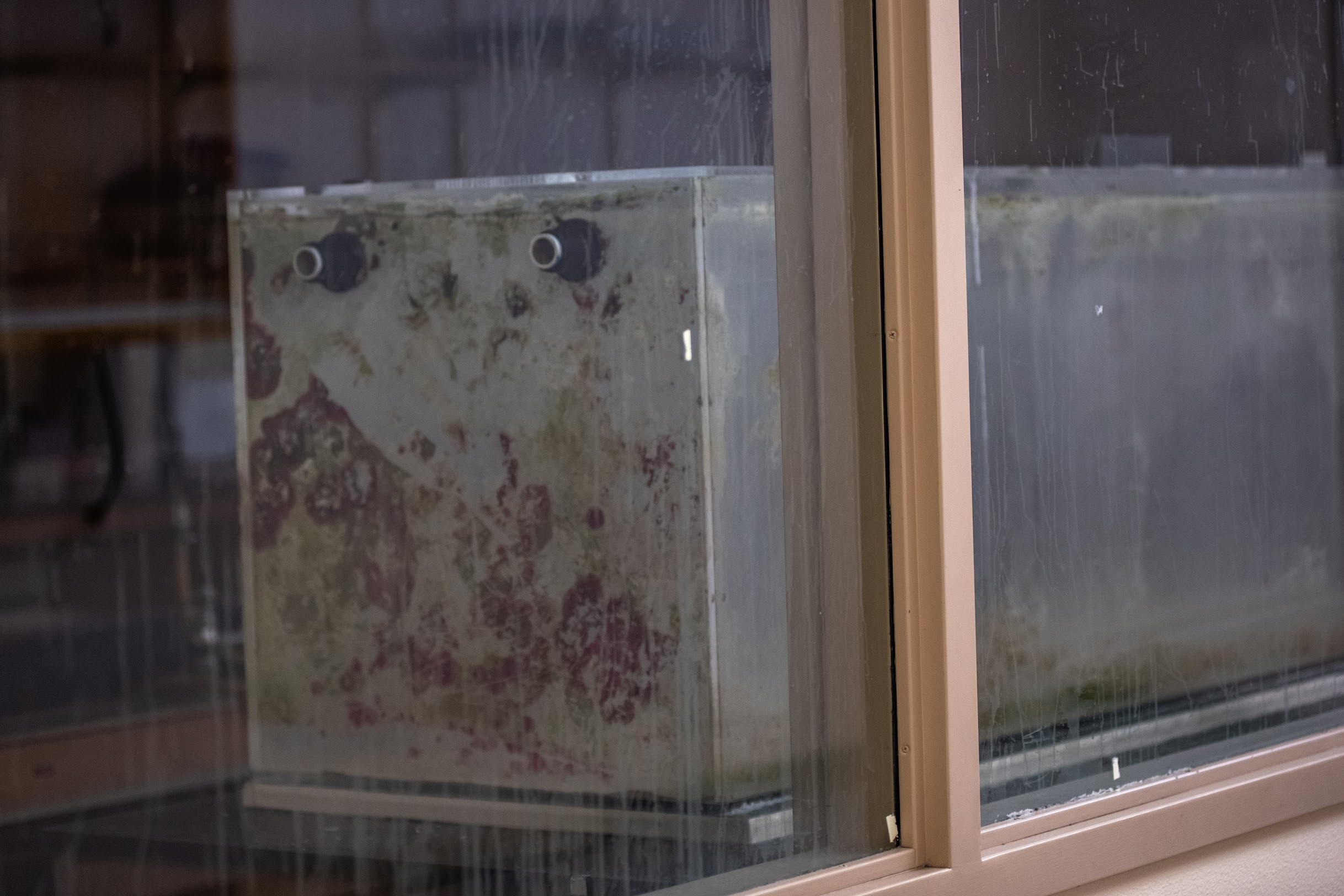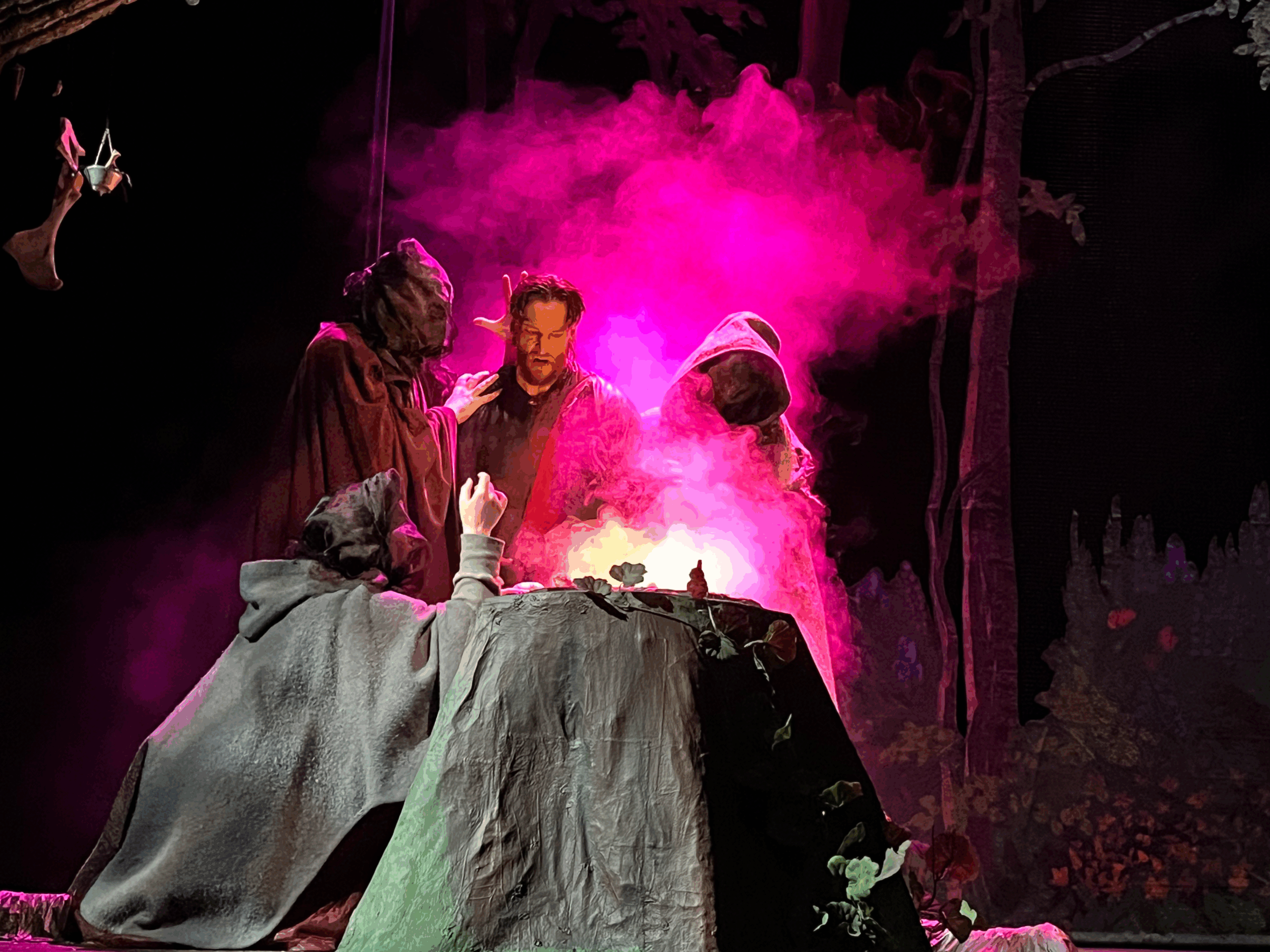What Happened to the Fish?
Where did they go and what’s next for LCCs fish tanks and the wet-lab.
Rye Butler-Corbett
For over 20 years, Lane Community College has maintained diverse species of aquatic animals in its wet-lab. Due to the construction in building 16, the fish were relocated and the lab is being renovated.
Some upgrades to the wet-lab include new tanks, plumbing, safer electricals and manual climate control among many things.
The fish tanks have been a part of the college community for many years. Biology professor Melissa Kilgore describes the wet-lab as “a hotspot on campus.”
“We get the preschoolers from the child development center that come through,” Kilgore said.
Adam Gabay, the science laboratory coordinator, shared an anecdote about teachers and parents at Oak Hill School who pass the fish tanks every day on their way to school.
“The silver lining is that we get to rebuild with intention,”Gabay added.
Dismantling the wet-lab was a long and complicated process, with every species needing to be relocated within a short-space of time.
“We learned of this in November — everything needed to be gone before March,” Kilgore said.
“Everything had to be dismantled very quickly,” she continued.
About $10,000 worth of organisms were relocated to various aquariums, including private aquariums and educational facilities.
“The tropical tank organisms that couldn’t be temporarily housed were donated to a local supplier,” Kilgore said.
The tangs, eels, toadfish and a sample of each coral species are being housed locally, and they will be returning when the wet-lab reopens.
Lastly, “the coldwater and tidepool animals were donated to Linn-Benton Community College and to the Oregon Sea Grant program at Hatfield Marine Science Center for educational purposes,” she said.
Kilgore teaches marine biology at Lane, and explains how it has been particularly difficult not having the wet-lab for the lab component of that class.

“The wet-lab was used a lot by multiple classes here in science, both aquatic ecosystems, zoology classes, the marine classes… So it’s actually a loss for many different classes,” Kilgore said.
“It’s been challenging to have to re-design material for all of us,” she said.
The wet-lab is also one of the only facilities in Oregon that does cold-water tanks, meaning that they don’t have fresh ocean water getting pumped in.
It is also, “the only community college in the state to have an aquarium facility for classroom use and independent student-led projects,” Kilgore said.
Gabay explained how the wet-lab was built “tank by tank.”
Both Kilgore and Gabay emphasized the role of Eric Eakin, who owns an aquarium store in Eugene.
From helping with tank design to training new aquarium staff, “he has been an invaluable resource,” Kilgore said.
With management of the lab overseen by lab coordinators, marine faculty, student workers and temporary staff, both Kilgore and Gabay described the lab as being “a labor of love.”
“It’s an invaluable resource and asset for our students,” said Kilgore.
Assuming there are no delays with construction, the wet-lab will re-open in fall 2026.



